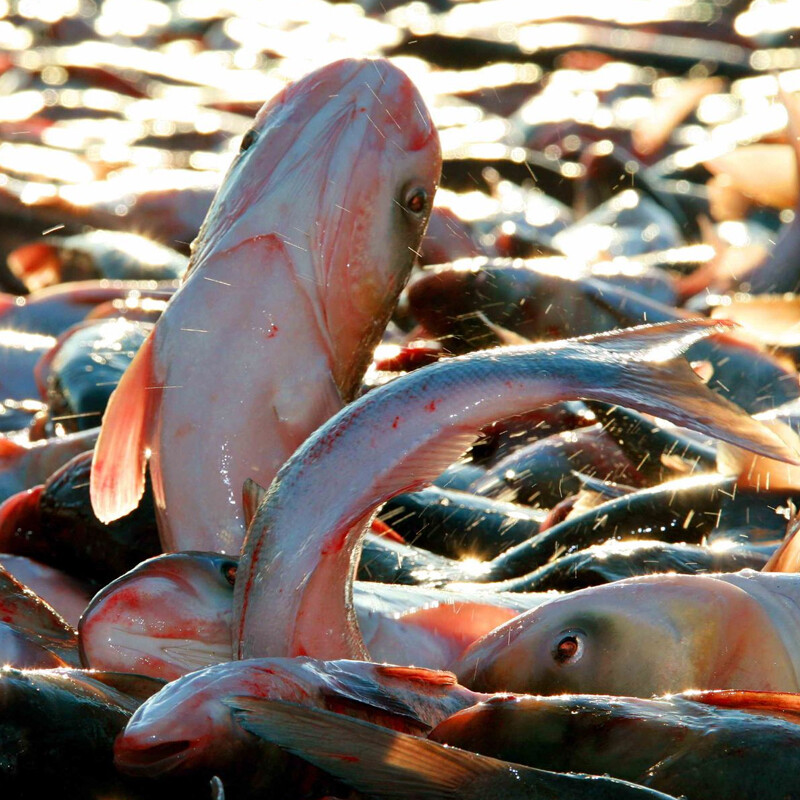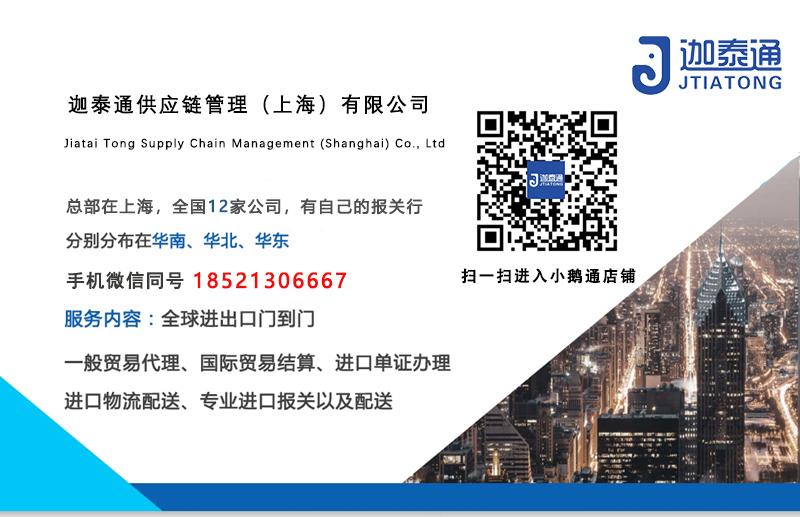Customs Knowledge: Import of Cambodian aquaculture products
The import of Cambodian aquaculture products
1、 Scope of imported products
Aquaculture products
Refers to artificially raised aquatic animal products and their products for human consumption, as well as marine plant products and their products such as algae. It does not include species, live aquatic animals, and aquatic animal and plant reproductive materials listed in the Appendix to the Convention on International Trade in Endangered Species of Wild Fauna and Flora (CITES) and the China National Key Protected Wildlife List.
Information Table of Aquatic Products Exported from Cambodia to China
2、 Production enterprise requirements
Production enterprises (including processing enterprises and independent cold storage facilities) and aquaculture farms exporting aquaculture products to China should obtain official approval from Cambodia and be subject to effective supervision. The hygiene conditions of production enterprises should comply with the requirements of Chinese and Cambodian regulations on veterinary hygiene and public health.
Production enterprises exporting aquaculture products to China should be recommended for registration by Cambodia to the Chinese side. Without registration, they are not allowed to export to China. The types of products that production enterprises apply for registration in China should be within the "scope of imported products".
3、 Requirements for imported products
1. Breeding in Cambodia's domestic waters.
2. Not directly or indirectly using drugs or additives prohibited by the Chinese side (such as adding them to feed), and using drugs or additives restricted or allowed by the Chinese side according to regulations; After inspection by the competent authorities, no pathogenic microorganisms, toxic and harmful substances, or foreign objects listed in Chinese laws and regulations were found.
All aquaculture products imported to China have undergone quarantine and inspection by the competent authorities, and are hygienic. No pathological signs of infectious or parasitic diseases have been found, and no aquatic animal diseases listed by China and the World Organization for Animal Health (OIE) have been found.
The entire process of breeding, processing, packaging, storage, transportation, transit, and export should comply with the relevant hygiene and traceability requirements of both parties. At the same time, it should be ensured that the cold chain control operates normally.
5 During the epidemic of COVID-19, enterprises should carry out epidemic prevention and control in accordance with the guidelines on COVID-19 and food safety formulated and issued by the FAO, the World Health Organization, etc., regularly carry out relevant epidemic detection for employees, develop necessary safety prevention and control measures for aquatic products, and ensure that all prevention and control measures in the whole process of raw materials, processing, packaging, storage, transportation, etc. are effectively implemented to prevent pollution.

4、 Special requirements
1. Quarantine Approval
To import Cambodian aquaculture products, quarantine approval should be obtained in advance and an Entry Animal and Plant Quarantine Permit should be obtained.
2 Certificates
Each container of aquaculture products exported from Cambodia to China should be accompanied by at least one original veterinary (hygiene) certificate, proving that the batch of products complies with the relevant provisions of Chinese and Cambodian veterinary and public health laws and regulations, as well as this Protocol. The Cambodian side shall provide a complete record of the production enterprise information involved in the entire process of breeding, processing, packaging, storage, transportation, transit, and export on the veterinary (hygiene) certificate, including the names and registration numbers of the breeding farm, processing plant, and independent cold storage. Any production enterprise information related to the above links shall not be omitted.
key point
The certificate shall be printed in both Chinese and English (English is the required language when filling out the certificate). The format and content of the certificate must be approved by both parties in advance. The Cambodian side should promptly provide the certificate sample, official issuing agency seal, and signature official handwriting to the Chinese side for filing. If there are changes to the content and format of the certificate sample, the official seal of the issuing agency, and the handwriting of the signing official, the Cambodian side shall file a record with the Chinese side at least one month before it takes effect.
3 Packaging Identification
Aquatic products exported to China for aquaculture should have separate inner packaging. The inner and outer packaging should be brand new materials that comply with international health standards and meet the requirements of preventing pollution from external factors.
Inner and outer packaging
The inner and outer packaging should have strong, clear, and easily distinguishable Chinese and English or Chinese and export country (region) text markings, indicating the following contents: product name and scientific name, specifications, production date, batch number, shelf life and storage conditions, production method (breeding), production area (breeding product country or region), names of all production and processing enterprises involved (including independent cold storage) The registration number and address (specific to state/province/city) must indicate the destination as the People's Republic of China.
4 Storage and Transportation
The entire process of storage and transportation of Cambodian aquaculture products exported to China should comply with relevant hygiene and traceability requirements, and ensure the normal operation of cold chain control.
5 Other requirements
(1) China Customs implements entry inspection and quarantine of aquaculture products imported to China.
(2) Cambodia's aquaculture products exported to China should comply with Chinese laws, administrative regulations, and national food safety standards. For unqualified products, they will be returned, destroyed, or otherwise disposed of in accordance with Chinese laws and regulations. For production enterprises that have experienced serious problems or multiple instances of non-compliance, China can take measures such as strengthening inspection and quarantine or suspending imports.
(3) When the following situations occur:
1. The occurrence of a notifiable aquatic animal disease within Cambodia, as stipulated by the World Organization for Animal Health (OIE), has caused or may cause infection in aquatic products exported to China;
2. Any major food safety incident in Cambodia that has affected or may affect the export of aquaculture products to China;
Cambodia's export of Chinese aquaculture products seriously violates Chinese laws, regulations, and protocols;
4. Major public health incidents have occurred in production enterprises, which have contaminated or may contaminate the aquatic products and their packaging and transportation tools imported to China.
Cambodia should immediately stop all aquaculture in corresponding farms, production enterprises, regions, and even the whole country
本文来源:http://www.jtia56.cn/list_68/389.html
本文标题:Customs Knowledge: Import of Cambodian aquaculture products
注:本文部分图文来源于网络,如有侵权联系我们删除,谢谢!
迦泰通(海关AEO高级认证企业)-服务范围
迦泰通19年进出口通关经验,10+分公司,支持全国进口申报;是海关AEO高级认证企业,专注全球门到门,一站式进口代理清关服务!我司业务范围:国际运输、进口报关清关、仓储配送、代签外贸合同与付汇、暂时进出口等。全国免费咨询电话tel:18521306667
【相关推荐】
- 了解详情 > How much do you know about sports nutrition food?
- 了解详情 > Customs knowledge: Chinese medicinal materials that are haza
- 了解详情 > Customs Knowledge: New Regulations on the Import of Special
- 了解详情 > [Customs Knowledge] How much do you know about infant formul
- 了解详情 > 【 Customs Knowledge 】 Import of baking raw materials such
- 了解详情 > 【 Customs Knowledge 】 Inspection and Quarantine Requireme






